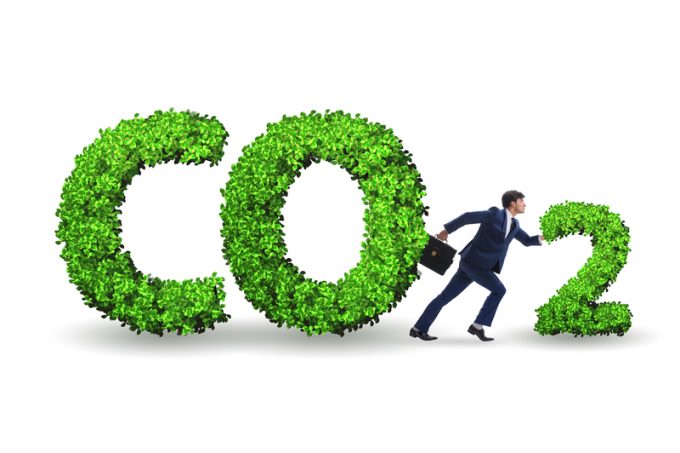COP29: aviation falling short and showing 'lack of ambition'
“The sober reality” of aviation’s threadbare climate pledges have been revealed in a blogpost, following ...
FDX: ABOUT USPS PRIVATISATIONFDX: CCO VIEWFDX: LOWER GUIDANCE FDX: DISRUPTING AIR FREIGHTFDX: FOCUS ON KEY VERTICALFDX: LTL OUTLOOKGXO: NEW LOW LINE: NEW LOW FDX: INDUSTRIAL WOESFDX: HEALTH CHECKFDX: TRADING UPDATEWMT: GREEN WOESFDX: FREIGHT BREAK-UPFDX: WAITING FOR THE SPINHON: BREAK-UP ALLUREDSV: BREACHING SUPPORTVW: BOLT-ON DEALAMZN: TOP PICK
FDX: ABOUT USPS PRIVATISATIONFDX: CCO VIEWFDX: LOWER GUIDANCE FDX: DISRUPTING AIR FREIGHTFDX: FOCUS ON KEY VERTICALFDX: LTL OUTLOOKGXO: NEW LOW LINE: NEW LOW FDX: INDUSTRIAL WOESFDX: HEALTH CHECKFDX: TRADING UPDATEWMT: GREEN WOESFDX: FREIGHT BREAK-UPFDX: WAITING FOR THE SPINHON: BREAK-UP ALLUREDSV: BREACHING SUPPORTVW: BOLT-ON DEALAMZN: TOP PICK

PRESS RELEASE
Geneva, 31 March 2021
Measuring CO₂ emissions from commercial road transport only at the tailpipe, depending on the region, could double the true carbon picture in future fuel scenarios.
Heavy-duty commercial vehicles, including coaches and trucks, emit just 950 million tonnes of CO₂ annually at the tailpipe, using the tank-to-wheel standard, about 2.5% of global emissions.¹
While hydrogen and electricity are often mistakenly seen as zero emission fuels, if all CO₂ emissions are taken into account, including well-to-tank, a more realistic carbon picture of these alternative fuels emerges. In Europe, the US and China alone, on average, this would add 45% more CO₂ for electricity and 72% more for hydrogen versus conventional diesel, based on today’s energy mix.²
A transition to fuels such as electricity and hydrogen for heavy-duty vehicles, without using low or zero-carbon energy sources, would therefore fail to account for between 400 and 700 million tonnes of annual CO₂ emissions.
“Decarbonising commercial transport is a huge and expensive job. The right mix of incentives and investment to accelerate low and eventually net zero carbon alternatives to meet 2030 and 2050 targets can only be achieved if CO₂ is accounted for correctly,” said IRU Secretary General Umberto de Pretto.
“The biased tank-to-wheel standard, measuring emissions at the tailpipe instead of doing a thorough well-to-wheel assessment, will continue to distort policy action to reduce CO₂ in commercial road transport. Road transport operators need certainty as they continue working on the enormous challenge of effectively decarbonising their fleets and operations, not unworkable fantasy options,” he added.
IRU urges policymakers to use the more comprehensive well-to-wheel standard to evaluate and plan for decarbonisation investments and incentives. This will enable commercial road transport operators to decarbonise as effectively and rapidly as possible.
¹ IRU estimate based on IEA and OICA data
² Sources: ADEME, GLEC, JRC (EU); GREET (USA); Life Cycle Greenhouse Gas Analysis of Multiple Vehicle Fuel Pathways, Peng T. et al, 2017 (China)
Comment on this article